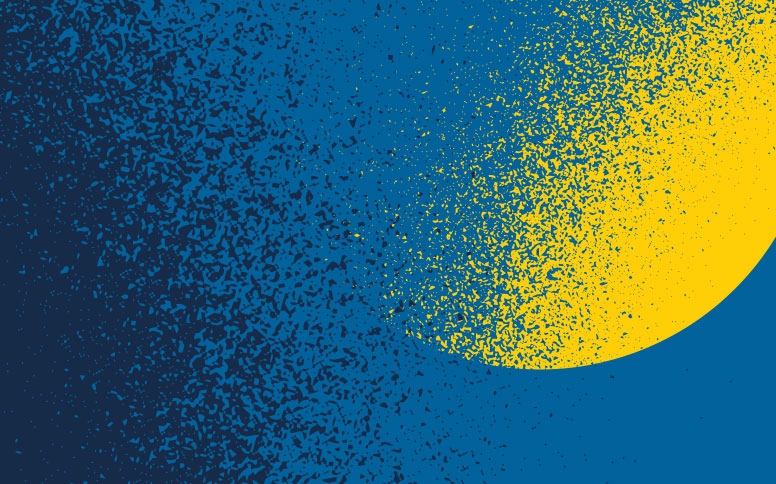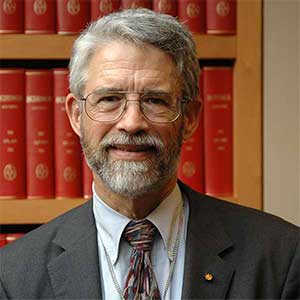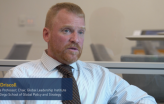Two UC San Diego Faculty Receive Prestigious Sloan Research Fellowships
The Alfred P. Sloan Foundation has selected two UC San Diego faculty for Sloan Research Fellowships in 2016. This year’s recipients at UC San Diego are Charles Sprenger, associate professor of economics and strategy, Rady School of Management and the Department of Economics, and Julio Barreiro, assistant professor of physics, Department of Physics.





